STEAMEducation
Full STEAM Ahead

STEAM Education is an approach to learning that utilizes and integrates Science, Technology, Engineering, the Arts and Mathematics.
Students should be given the opportunity to develop their 21st Century skills; problem solving, collaborative working and following a creative process. With this knowledge, new ideas can form and students of today can become the innovators, engineers, educators, leaders, and learners of the future.
Computational thinking is an essential set of skills that can be applied to any problem through decomposition, pattern recognition, abstraction and algorithms. Allowing students to understand how to approach and solve problems can help in all walks of life and into the development of future technologies.
Makeblock’s versatile continuum of STEAM solutions makes scientific, analytic, creative and design thinking skills accessible to learners through fun, problem-based activities.
Low Floor, High Ceiling, Wide Walls
Makeblock Education embraces low floor, high ceiling, wide walls as a mantra to develop a programming continuum. First, it provides beginners with an easy way into programming – the low floor. Then, learners move to more complex programming devices and languages – the high ceiling. Finally, there’s loads of opportunity to explore a range of devices, platforms, and languages – the wide walls./p>

Standards-Aligned, Pedagogy-Focused Curriculum Resources
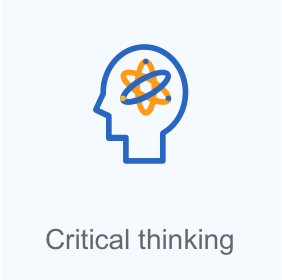

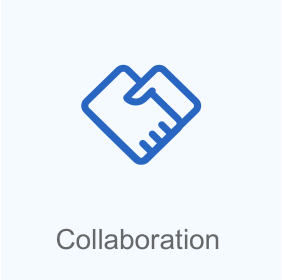

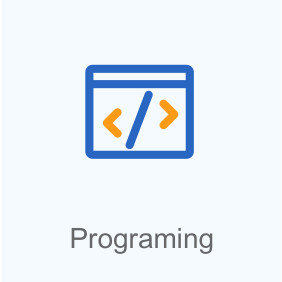
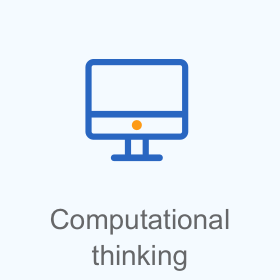
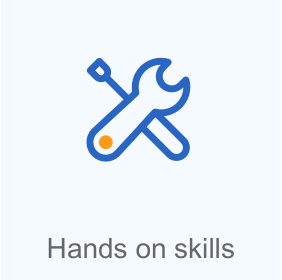
Critical Thinking and Problem Solving
Within any project the ability to methodically think through problems as they arise and use this knowledge to develop their technology and engineering skills to ensure their final solution is the best it can be.
Creativity
Benefits of a STEAM curriculum or lessons are that it exposes students to the creative process involved in any creation from the design through to prototype. It gives the students the opportunities to ask thought through questions to enable their prototype to develop, discover answers as they are creating and apply what they learn all into that final prototype.
Collaboration
In any lessons, collaboration can be integrated but within a STEAM lesson the collaboration can be meaningful. Students are able to work in groups or pairs to develop their prototype and ask questions and discover answers together allowing a true collaboration to take place and give students the skills required for the real world.
Computational Thinking
Computational thinking is a way of approaching problems that allow a student to utilize a set of skills to ultimately solve the given problem. The four skills are:
- Decomposition – breaking a large problem down into smaller problems to focus on.
- Pattern recognition – Looking for patterns within the problem or from other problems encountered to help solve this problem.
- Abstraction – removing aspects that are not required to solve the given problem.
- Algorithms – developing the set of instructions to solve the given problem.
Cross-Curricular Opportunities
Giving students the opportunity to develop a project that encompasses a range of subject areas will engage and allow students to see how subjects are intertwined when looking at the bigger picture of a project solution.
Programmable Devices
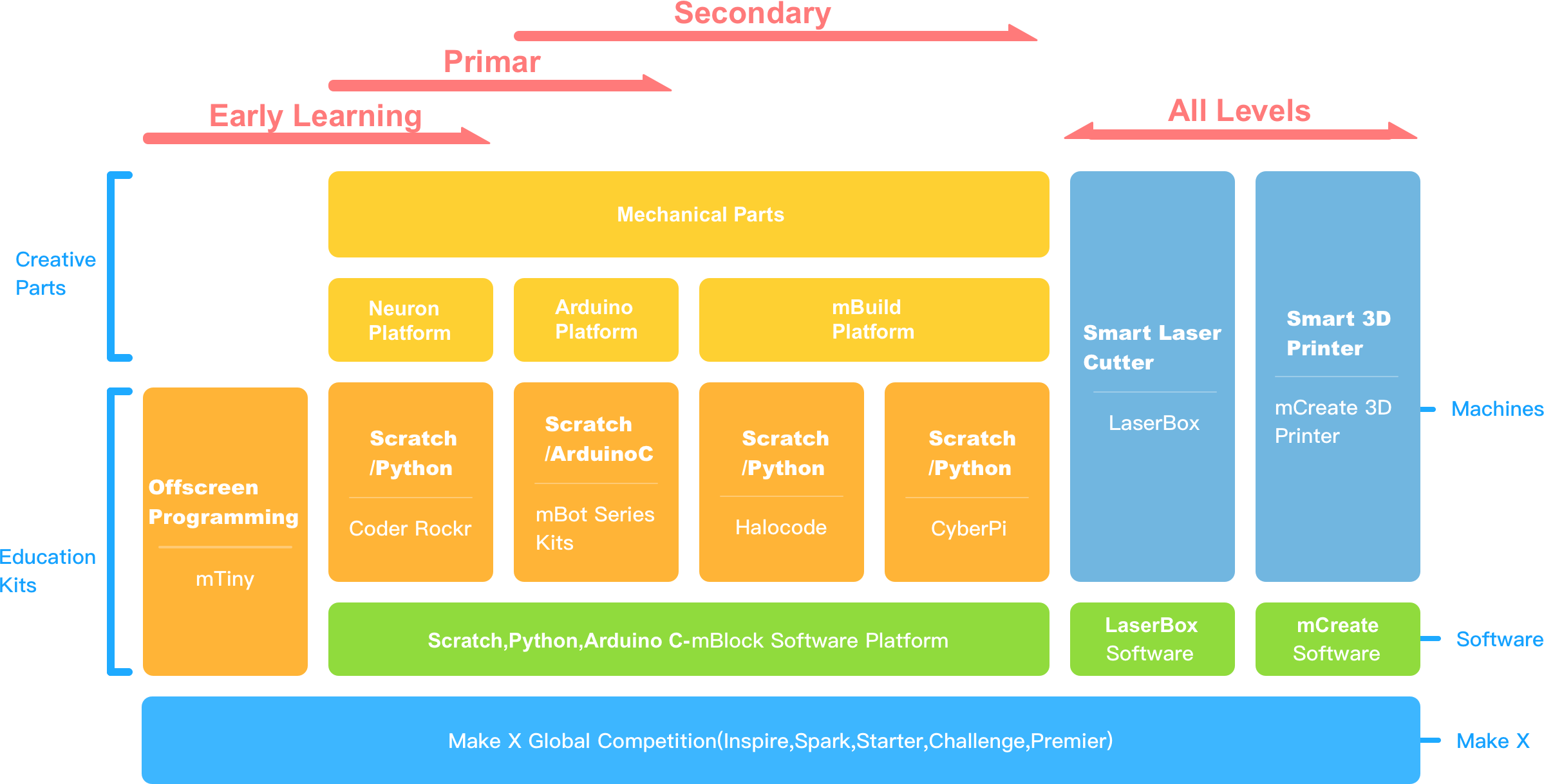
Interested in different subjects?
Need More Information?

Find a Reseller
Ready to make a purchase today? Find an Authorized Reseller that meets the needs of your school or district.

Get a Quote
Have questions about pricing? Need help building a custom solution for your school or district? Drop us a line and one of our Education Solution Specialists will help!
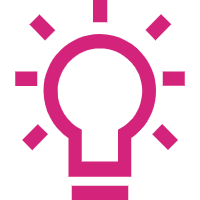
Support
Have questions about Makeblock Education soltuions? Please visit our product support page to find the answers.
